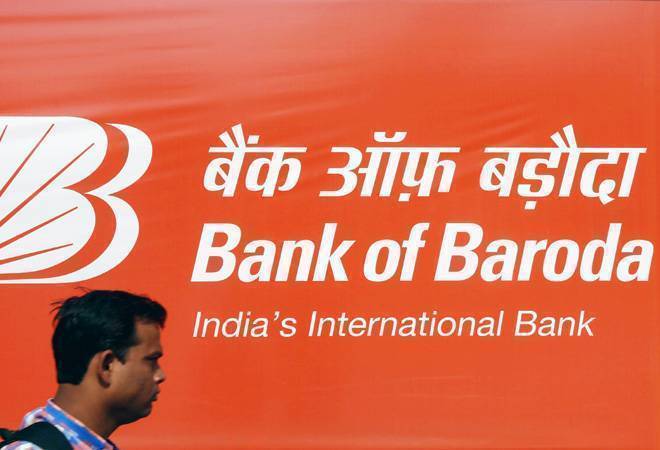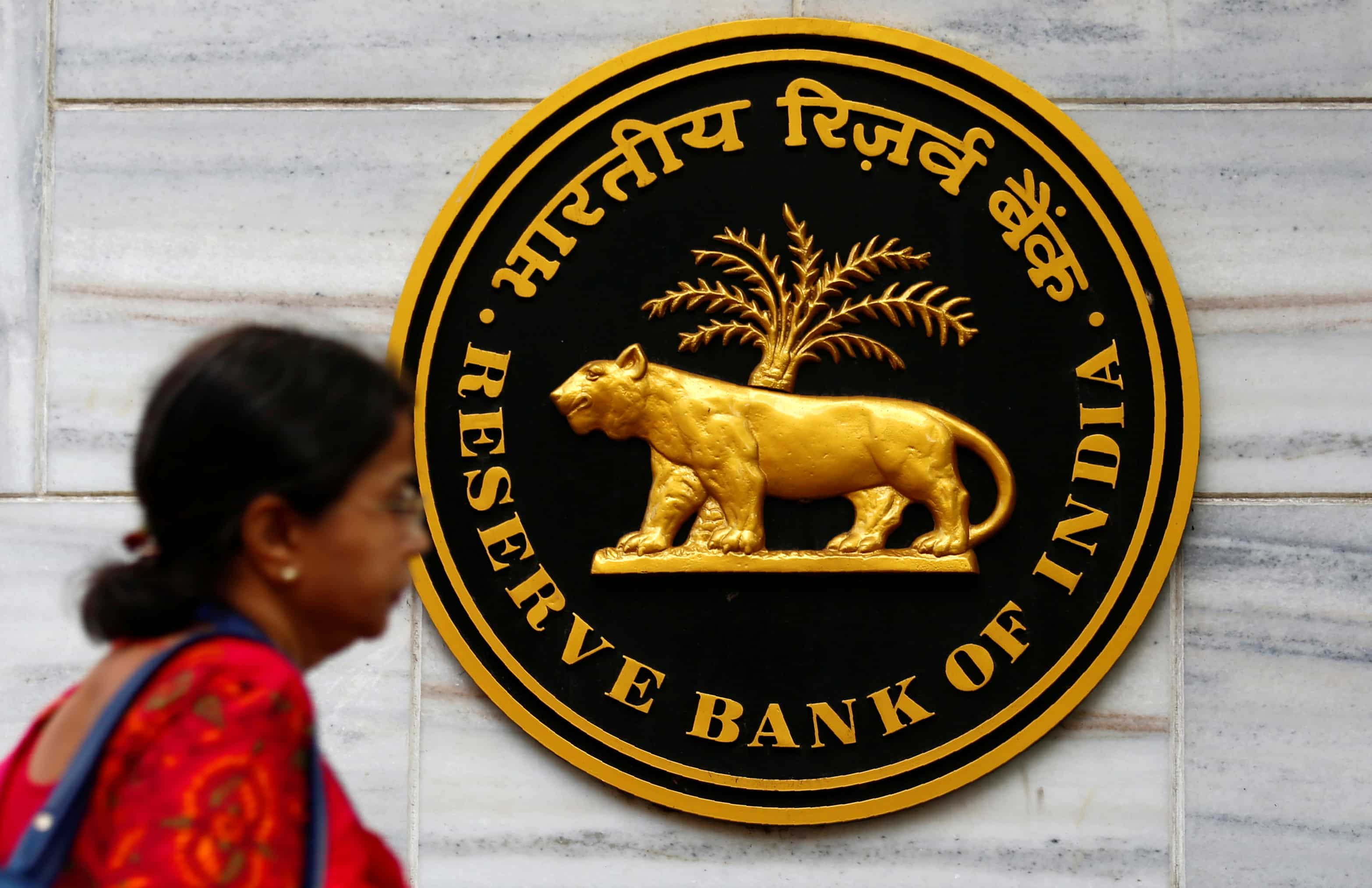Bank of Baroda is one of the leading banks in India, with a strong presence in the market. Recently, the Reserve Bank of India (RBI) introduced a new loan-less proposal to protect the banking sector against the risk of rising bad loans. The CEO of Bank of Baroda, Sanjiv Chadha, has stated that the bank is well-prepared to switch to the new system and promises to do so soon.
Given its raised asset quality ratios and ability to effectively control credit costs, the Bank of Baroda is not expecting any difficulties complying with the central bank’s proposed loan-loss mechanism.

The expected amount of possible losses on all loans, or the credit cost, for the state-run lender, was 0.14% in the January–March quarter, down from 0.37% in the previous quarter and 2.69% a year earlier.
Its net non-performing assets (NPA) ratio decreased from 0.99% to 0.89% for the period of time while its gross non-performing assets (NPA) ratio declined from 4.53% to 3.79%.
The managing director, Sanjiv Chadha, stated that they believe they are fairly protected.
He continues by saying their normalized credit cost is less than 1%, and they should be able to cover any ECL (expected credit loss) provisions within this range without affecting their earnings trajectory.

In a discussion paper published in January, the Reserve Bank of India (RBI) recommended that banks convert to the Early Credit Loss (ECL) method, in which lenders estimate the likelihood of default before a default happens and make necessary provisions.
While the RBI has not yet issued the final instructions or schedule for the changeover, banks are preparing. According to Morgan Stanley, moving might cost state-run banks between 1% and 2.5% of their loan portfolio.
According to the Indian Banks’ Association’s chairman, the RBI has been requested to give lenders a year to follow the rules.
Bank of Baroda’s Chadha stated that he anticipates keeping credit costs below 1% for fiscal 2024 and a slippage ratio in the 1%-1.25% range as opposed to the 1.02% as of end-March.
According to Chadha, the lender also sees room to improve its gross and net NPA ratios. The bank is aiming to recover bad loans valued between 100 billion and 120 billion rupees ($1.22 billion) in fiscal 2024.
In addition, it wants to maintain net interest margins at roughly 3.31% and has a “moderate” loan growth target of between 12% and 13%, as per Chadha.
It is important to discuss how the Bank of Baroda’s transition to the new system will be affected and how it will continue to hold its position in the market
RBI’s new ELC method

In recent years, the Indian banking sector has been facing challenges due to rising bad loans. These are loans that cannot be repaid by the borrower, leading to losses for the bank. RBI has proposed a new loan loss provision system called the Expected Credit Loss (ECL) method. This method requires banks to set aside a certain amount of money based on expected losses from potential bad loans.
The new system has been introduced to provide more transparency and accuracy in loan provisioning while ensuring that banks have sufficient capital to cover potential losses in the future. While the ECL method is mandatory for scheduled commercial banks, some have struggled with the transition, citing technical and logistical challenges.
How Bank of Baroda will benefit from the switch

Switching to the ECL method will benefit the Bank of Baroda in several ways. Firstly, the new system will provide a more accurate picture of the bank’s financial health. This will enable the bank to identify potential issues before they become major problems, thus reducing the risk of default and loss from bad loans.
Secondly, the ECL method will enable the bank to assess credit risk more accurately. This will help the bank to develop better lending practices and avoid taking on risky loans. Additionally, by accurately predicting the likelihood of defaults, the bank can factor in potential losses while providing loans, leading to better pricing of loans.
Thirdly, the new loan loss provision system will help the bank maintain sufficient capital reserves. By setting aside money for potential losses from bad loans, the Bank of Baroda will be better placed to absorb shocks and remain financially stable during periods of economic downturns.
Finally, the switch to the ECL method will improve the transparency of the banking sector. This can enhance customer trust and confidence in the bank as they will know exactly how much risk they are taking on when borrowing from the bank.
The Bank of Baroda is well-prepared to switch to the new ECL method proposed by the RBI. The bank has a robust risk management framework, a strong technological backbone, and an experienced team of professionals, making the transition smoother. The new loan loss provision system will provide more transparency, improve the accuracy of credit risk analysis, and maintain sufficient capital reserves. Bank of Baroda’s switch to the ECL method will strengthen its position in the market and improve financial stability in the Indian banking industry.
Proofread & Published By Naveenika Chauhan




